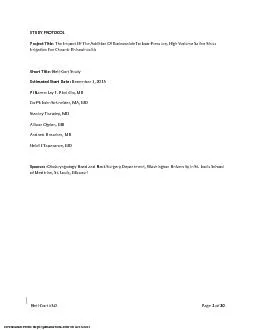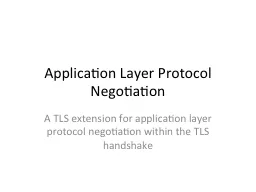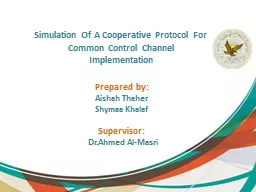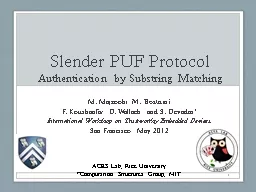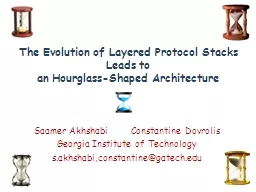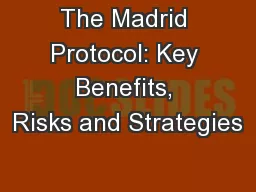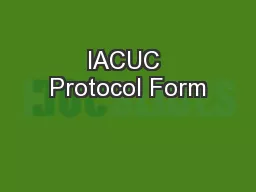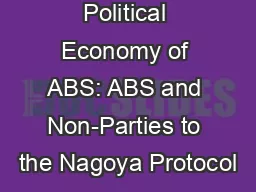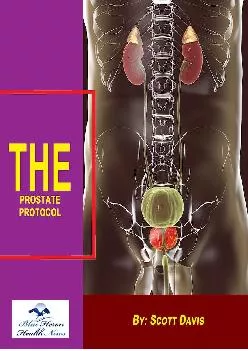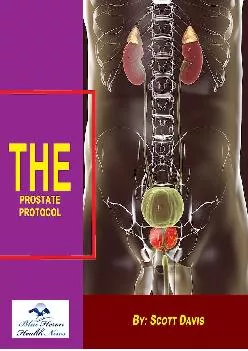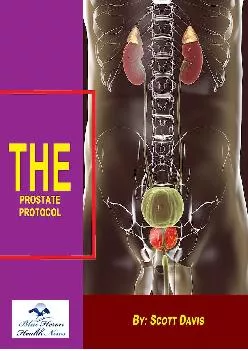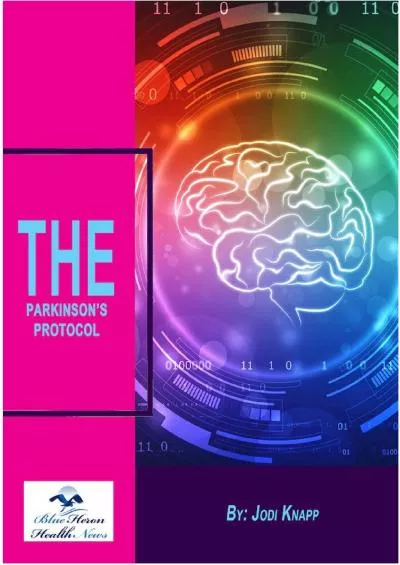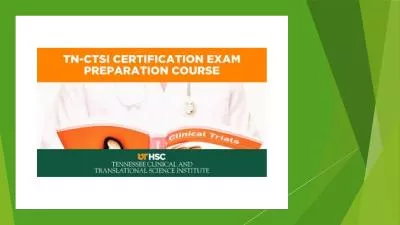PDF-STUDY PROTOCOL
Author : roxanne | Published Date : 2021-06-14
Neti Cort v 3 0 Page 1 of 20 Project Title The Impact Of The Addition Of Budesonide To Low Pressure High Volume Saline Sinus Irrigation For Chronic Rhinosinusitis
Presentation Embed Code
Download Presentation
Download Presentation The PPT/PDF document "STUDY PROTOCOL" is the property of its rightful owner. Permission is granted to download and print the materials on this website for personal, non-commercial use only, and to display it on your personal computer provided you do not modify the materials and that you retain all copyright notices contained in the materials. By downloading content from our website, you accept the terms of this agreement.
STUDY PROTOCOL: Transcript
Download Rules Of Document
"STUDY PROTOCOL"The content belongs to its owner. You may download and print it for personal use, without modification, and keep all copyright notices. By downloading, you agree to these terms.
Related Documents

